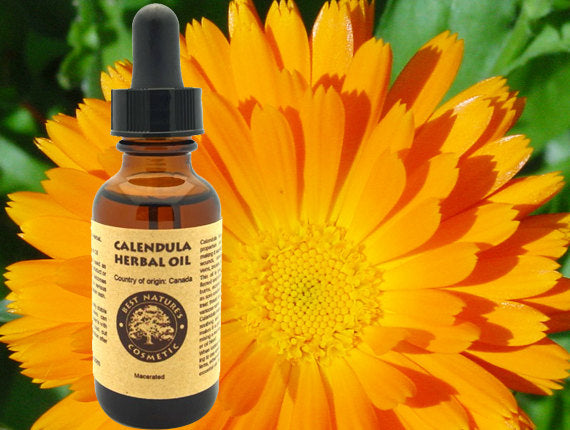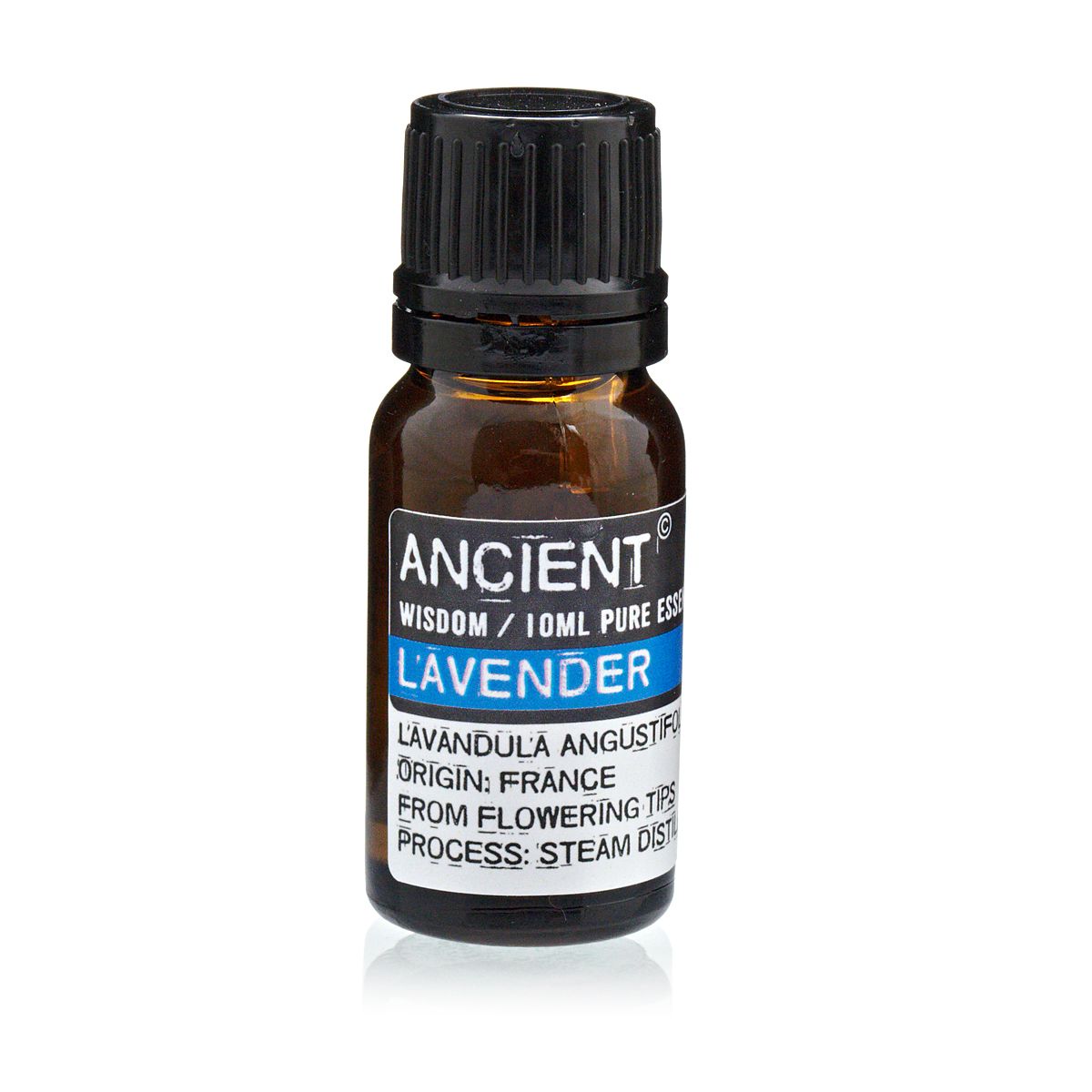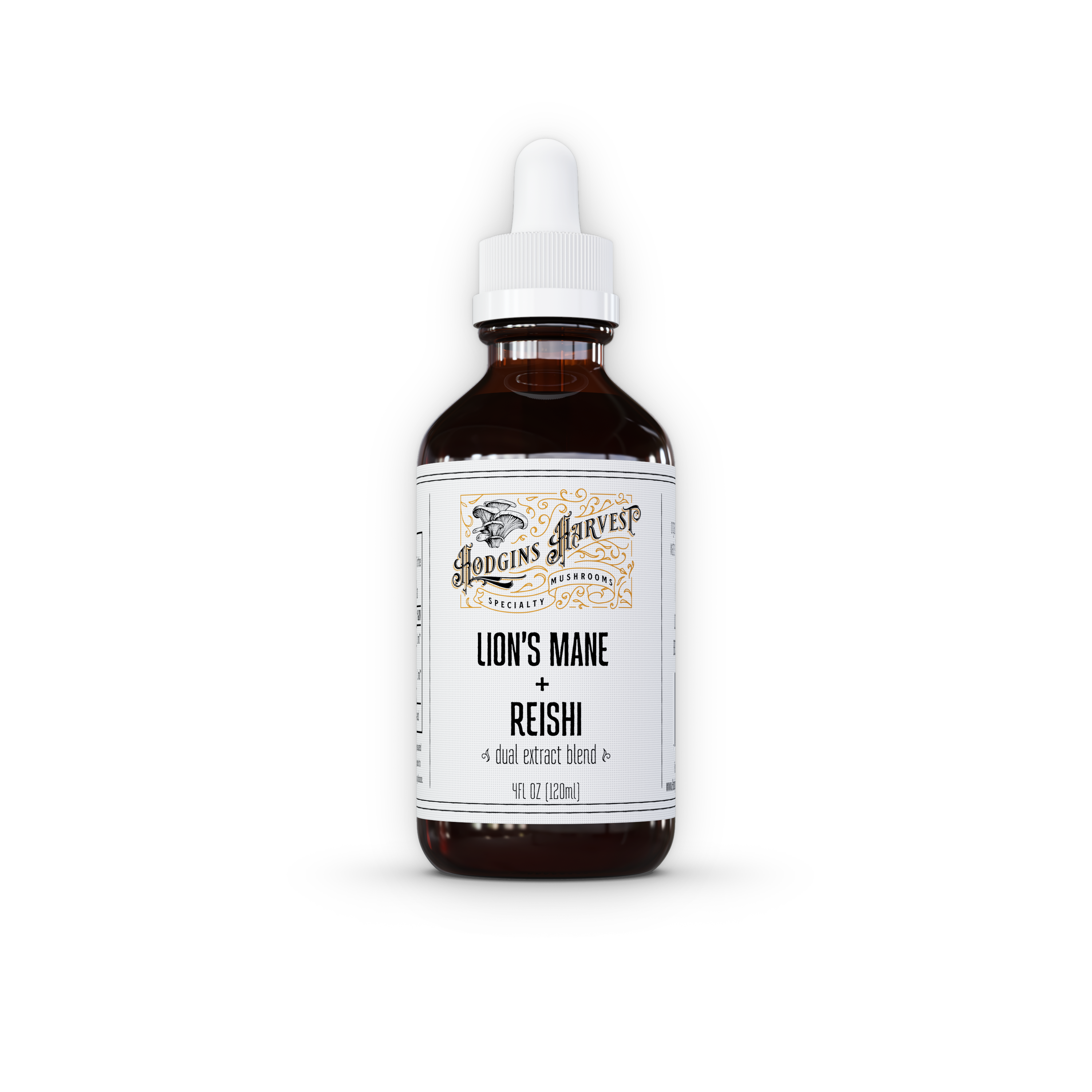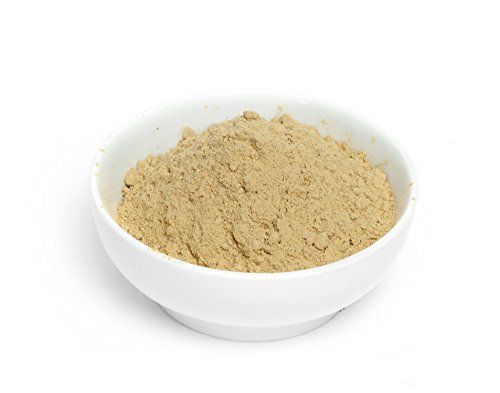
Heartbreak can be profoundly painful, impacting emotional, mental, and even physical health. While healing takes time, holistic therapies like crystals, sound healing, and aromatherapy have been used for centuries across cultures to support emotional release, balance energy, and promote inner peace. Today, scientific research is beginning to explore the mechanisms behind these modalities, providing an evidence-based foundation for their supportive role in emotional recovery.
This article reviews the scientific insights and clinical evidence supporting the use of these natural therapies to help heal emotional wounds and foster inner resilience.
Crystals for Emotional Healing: Evidence and Applications
While scientific validation of crystals’ energetic effects is ongoing, emerging research suggests they may influence emotional states through electro-magnetic properties and placebo effects.
1. Rose Quartz
- Benefits: Known as the "stone of unconditional love," Rose Quartz is reputed to soothe emotional pain and foster self-compassion.
- Research/Evidence: A study (Journal of Alternative and Complementary Medicine, 2006) explored the psychological impact of crystal healing, noting that practitioners reported increased feelings of comfort and emotional stability. While more rigorous controlled trials are needed, clinical observations and anecdotal reports support its calming effect, particularly on emotional trauma.
2. Serpentine and Sugilite
- These stones are traditionally associated with emotional release and forgiveness, aiding in transforming grief—though current scientific evidence remains largely anecdotal.
Application: Placing crystals on the heart chakra during meditation can help focus intentions of healing and self-love, potentially supporting emotional regulation through placebo and relaxation responses.
Sound Therapy and Vibrational Healing: Scientific Perspectives
Sound frequencies influence brain wave activity, which can alter emotional states, reduce stress, and promote relaxation.
1. Tibetan Singing Bowls
- Research: A 2016 study (International Journal of Clinical and Experimental Hypnosis) found that sound therapy, including singing bowls, significantly reduces anxiety and improves mood, likely through modulation of brain wave activity (producing alpha and theta states associated with relaxation).
2. 432 Hz and 528 Hz Frequencies
- These specific frequencies are believed to resonate with cellular and energetic systems. A study (Journal of Evidence-Based Integrative Medicine, 2018) suggests sound frequencies can positively influence emotional wellbeing, decrease cortisol levels, and foster emotional release.
3. Chanting and Mantras
- Repeating sound vibrations, such as “Ham” or “I am loved,” can activate the parasympathetic nervous system, lowering stress hormones and encouraging emotional processing.
Application: Listening to calming soundscapes during meditation or reflection supports neuroplasticity and emotional regulation, grounded in research linking sound to brain oscillations.
Aromatherapy: Scientific Evidence Supporting Emotional Balance
Aromatherapy’s effects are mediated through the limbic system, the brain’s emotional center, influencing mood and stress hormone levels.
1. Rose Essential Oil
- Evidence: Studies (Evidence-Based Complementary and Alternative Medicine, 2011) show that inhalation of rose scent significantly reduces anxiety and improves mood in clinical settings, likely through activating limbic responses linked to feelings of love and safety.
2. Lavender
- Research: Several randomized trials (Journal of Alternative and Complementary Medicine, 2012) demonstrate lavender inhalation reduces anxiety, improves sleep quality, and relaxes the nervous system.
3. Geranium and Sandalwood
- Studies indicate these oils support emotional stability and foster feelings of trust and calmness when inhaled or used in diffusers (Plant Medicine Journal, 2017).
Application: Diffusing blends of these oils during meditation, mindful breathing, or gentle self-massage can facilitate emotional release and create a nurturing environment.
Integrating Evidence-Based Holistic Practices
Combining these modalities can create a powerful framework for healing:
- Meditate with a crystal such as Rose Quartz placed on the heart chakra.
- Play sound frequencies or chant mantras to entrain brain waves into calming states.
- Diffuse floral and calming essential oils while engaging in gentle breathing exercises or journaling.
**Research supports that multisensory approaches—activating visual, auditory, and olfactory systems—can enhance emotional resilience and promote neuroplasticity (Frontiers in Human Neuroscience, 2019).
Final Thoughts: Nurturing Self-Healing with Science and Heart
While heartbreak is intensely personal, the use of crystals, sound therapy, and aromatherapy can complement emotional healing. Modern science increasingly recognizes the mind-body connection and the influence of vibrational, energetic, and olfactory stimuli on emotional regulation and neural plasticity.
Remember: These therapies are supportive and should not replace professional mental health care. If you’re experiencing prolonged distress, seek guidance from qualified counselors or therapists.










